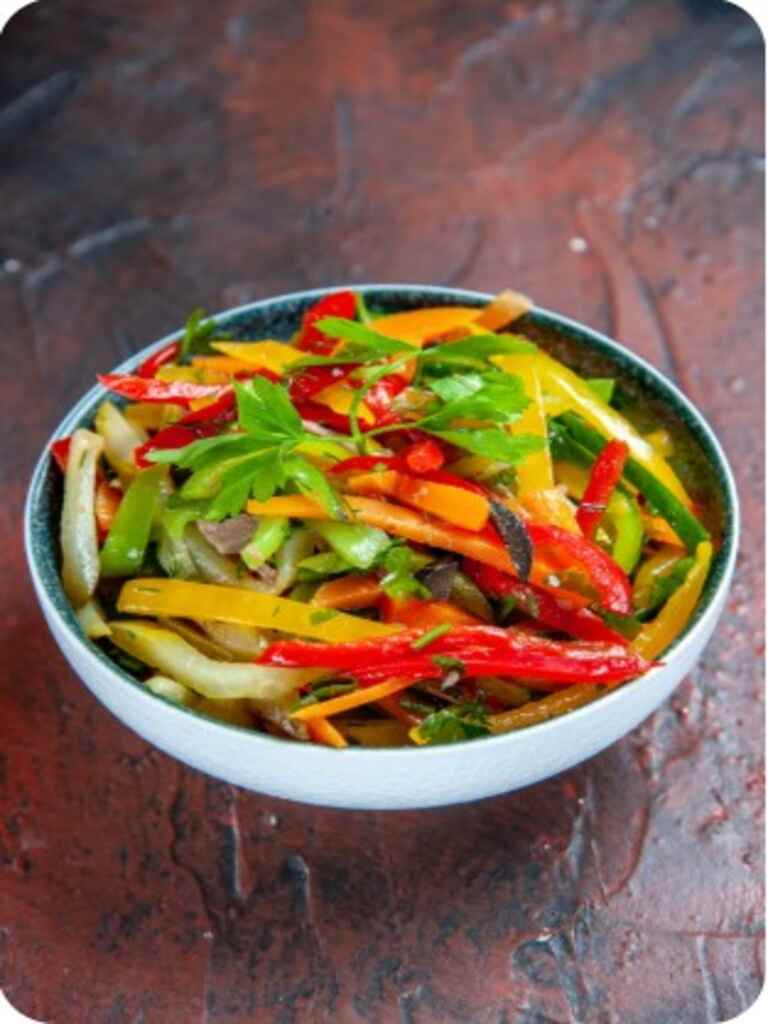
Chakalaka is a vibrant and spicy vegetable relish that has become a beloved dish in Lesotho and throughout Southern Africa. Made with a colorful mix of ingredients like onions, tomatoes, carrots, bell peppers, baked beans, and chili, it’s a flavorful explosion that perfectly complements staple foods.
The beauty of Chakalaka lies in its versatility. It can be mild or fiery, served hot or cold, and adapted with locally available vegetables or spices. In Lesotho, it’s not just a side dish— it’s a symbol of togetherness and creativity, often shared at family gatherings, festive occasions, and communal meals.
Chakalaka brings warmth, color, and life to the table, embodying the soul of Lesotho cuisine — simple, nourishing, and full of character.
Chakalaka is a vibrant and spicy vegetable relish that has become a beloved dish in Lesotho and throughout Southern Africa.
While Chakalaka is widely enjoyed across Southern Africa, its roots are believed to trace back to the townships of Johannesburg, South Africa, during the gold mining era of the late 19th and early 20th centuries. Migrant laborers from neighboring countries, including Lesotho, Mozambique, and Zimbabwe, brought their own flavors and traditions to the mining camps.
These workers often had limited access to ingredients, so they made do with what they had — canned goods, vegetables, and spices. They created a hearty, spicy relish that could stretch a meal and add flavor to their otherwise plain starch-based diets they lived on. This humble yet inventive creation evolved into what we now know as Chakalaka.
When workers returned home from the mines, they brought the recipe with them, incorporating it into Lesotho’s local cuisine. Over time, Chakalaka became a household staple, especially during celebrations and communal feasts. It reflected not only a blend of cultures but also the resilience and adaptability of Southern African people.
In Lesotho, Chakalaka has taken on its own identity—less of a borrowed dish and more of a culinary expression of unity. It’s now commonly served at traditional events, weddings, and braais (barbecues), often alongside grilled meats and leafy greens.

Must Read: How to Make Authentic Indonesian Nasi Goreng: A Flavor-Packed Fried Rice
From the mines of Johannesburg to the mountains of Lesotho, chakalaka continues to connect people through its bold flavors and humble origins. Every spoonful is a reminder that the best dishes are born from creativity, community, and heart.